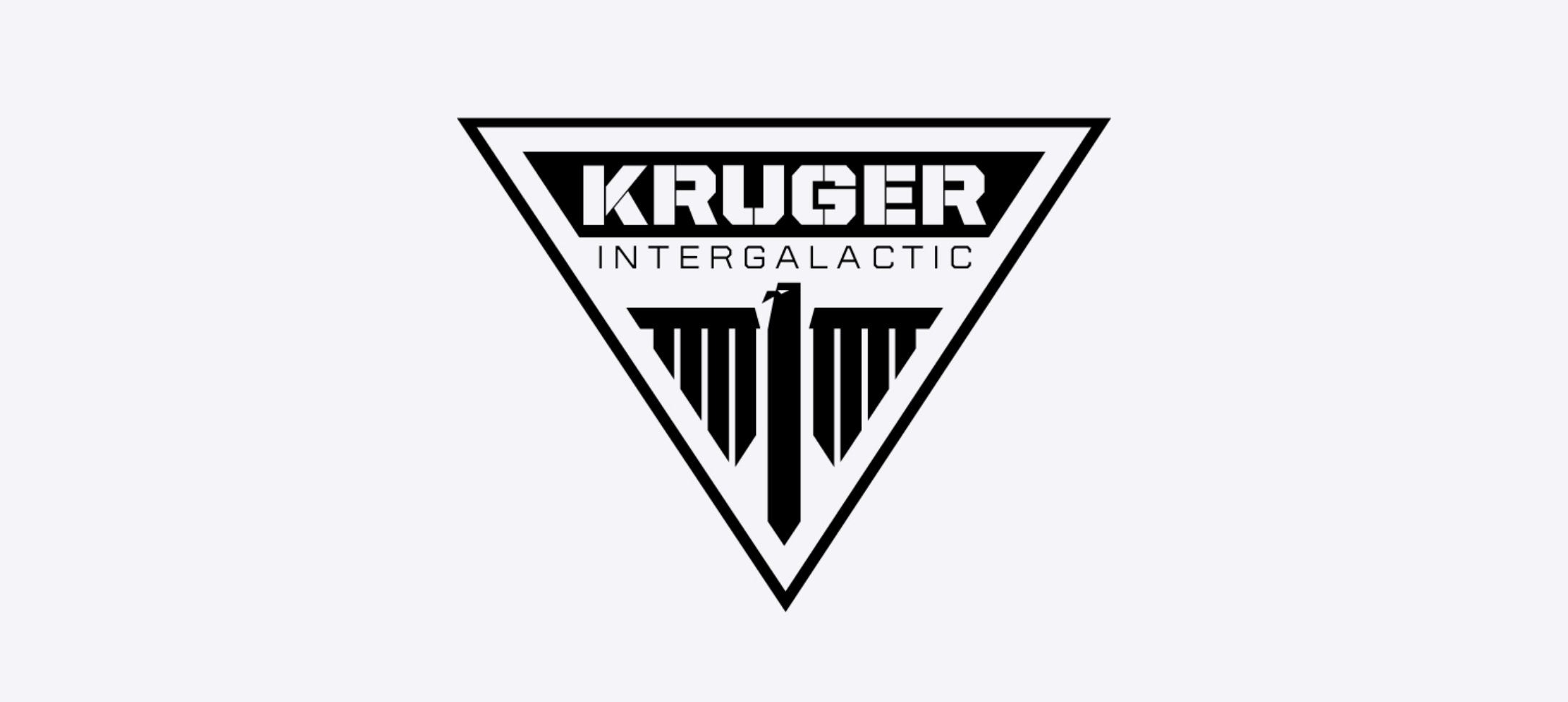
RSI Salvation – First Steps Into the Wreckage
Not every salvager’s story begins in the belly of a Reclaimer. For most, it starts with something smaller, leaner, and far more personal—a ship that makes salvage feel approachable rather than overwhelming. At IAE 2955, that entry point arrived in the form of the RSI Salvation: compact, focused, and purpose-built to let one pilot test the salvage profession without committing to a capital-scale monster.
Starter ships have always played a quiet but vital role in the ‘verse. They’re not just cheaper hulls; they’re invitations into new careers. The Salvation is exactly that for salvage—an entry-level, solo-focused salvager that offers an honest taste of hull scraping and structural recovery while keeping things simple, sturdy, and unmistakably RSI.
A Starter Ship With a Clear Purpose
The Salvation sits at the front door of the salvage career path.
RSI designed it as the first dedicated salvage starter in the game, a bridge between curiosity and commitment. It doesn’t try to compete with the massive throughput of a Reclaimer, and it doesn’t lean into Drake’s rough-and-ready personality like the Vulture. Instead, it offers something different:
-
A compact, single-seat salvager for one pilot.
-
Straightforward access to Recycled Material Composite (RMC) and the updated salvage gameplay.
-
Enough capacity and tooling to comfortably process small wrecks and entry-level contracts.
It’s not about scale; it’s about clarity. The Salvation is meant to teach the loop—scrape, process, fracture, crate, move on—in a hull that never feels like too much ship.

Strong, Stubby, and Wrapped in a Cage
Visually, the Salvation is memorable—a dense little disc wrapped in structure and bracing.
The first thing that stands out is the external roll cage: heavy structural members that arc around either side of the hull, framing and protecting the functional core of the ship. Within that cage, everything feels tightly packed and purposeful. The design walks a line between industrial muscle and refined RSI styling, giving the impression of a ship that could take a beating and still look composed.
On either side, deployable fins open up when the Salvation enters salvage mode. Beyond just looking the part, these surfaces are designed to act as vents—places for excess energy and heat to flow as the salvage systems spin up and the ship starts processing hulls. The image is clear: a compact salvage machine bracing, opening up, and getting to work.
It’s small, tough, and, in the developers’ own words, even a little “cute”—a stout little salvager that looks like it wants to grab a wreck and hug it into submission.
Salvage Arms, Modes, and Glowing Feedback
The Salvation’s most defining feature sits right in front of the pilot: its salvage arms.
The pilot enters from the front, settles into the cockpit, and when the ship drops into work mode, the arms deploy on either side of the viewing area. That layout offers excellent visibility—not just of the wreck in front of the ship, but of the mechanisms doing the salvaging themselves. Watching the tools move, glow, and bite into hulls becomes part of the experience.
These arms are bespoke to the Salvation. They are not swappable, not modular in the way larger industrial ships might offer, and they’re designed specifically to help new salvagers learn the ropes:
-
Scraping heads for hull stripping and RMC collection.
-
Grill-like elements on the arms for fracturing, breaking salvageable structure into manageable chunks.
-
Internal sections that handle disintegration, tying into structural salvage gameplay.
Mode feedback is baked into the visuals. When the Salvation shifts between scraping, fracturing, and other states, beams and glows along the arms indicate what’s happening. The design goal is simple: the pilot should always feel in tune with what the ship is doing just by looking left and right.

Processing the Wreck – From RMC to Crates
Once the arms start doing their work, the rest of the ship takes over.
Internally, the Salvation houses a processing tank that receives recovered material, compresses it, and prepares it for commodity form. From there, the system ties into an auto-loader at the rear of the ship. As material accumulates, the auto-loader converts it into crates and shifts them into the cargo section.
The Salvation’s capacity is split between:
-
6 SCU internal storage, handling processed salvage.
-
An external 6 SCU cargo grid, where finished crates are exported and mounted.
It isn’t designed to strip and fracture entire capital wrecks; instead, it fits neatly into entry-level missions and small hulls, with structural salvage intended up to roughly MISC Freelancer–class size. The focus is on teaching the loop and supporting profitable runs on a scale that makes sense for a starter.
All of this is managed from the cockpit via a filler station interface, allowing the pilot to handle crate creation and distribution directly from their seat.
Light Salvage, Tight Focus
On the profession side, the Salvation is classified as a Light Salvage ship.
Its specialty is the recovery of “Rubble”—a dense construction material with a relatively low yield but quicker refinement times. The goal here isn’t to flood a refinery with vast volumes of salvage but to support a rhythm of shorter contracts, faster processing, and regular runs in and out of scrapyards and wreck fields.
The ship’s design doesn’t chase structural salvage dominance. Its limited cargo space and tightly tuned setup mean that while it can participate in structural salvage, that aspect is not its primary focus. Instead, it rewards precision, positioning, and repeated use on modest targets—a ship that makes salvaging feel approachable rather than logistical.
At the same time, its maneuverability and compact profile give it a role in larger salvage groups, darting around bigger vessels to work on smaller sections, clear rubble, or feed the overall operation with processed RMC.

Compact, Armed, and Ready to Work
Salvaging rarely happens in the safest corners of space, so the Salvation isn’t sent out unarmed.
Despite its starter role, it carries:
-
2x Size 1 weapons for basic self-defense.
-
A weapon rack and utility rack inside, giving the pilot room to bring personal gear suited to more hands-on situations.
This isn’t a combat ship, and it isn’t meant to hang in a firefight, but it has enough teeth to discourage opportunistic attacks and give a salvager a fighting chance to break contact and escape if trouble shows up.
Its silhouette—short, wide, and heavily framed—sells the idea of something that can shrug off rough conditions, stray debris, and the occasional glancing hit.
No Bed, No Frills – Short Trips Only
Where larger industrial craft often double as mobile homes, the Salvation stays close to its brief.
There is no onboard bed, no long-haul living space, and no attempt to turn this into a mini multi-day expedition ship. The interior is deliberately back-to-basics, focused on the salvaging systems, processing tank, cockpit, and storage. The expectation is clear:
-
Take the ship out.
-
Run the mission.
-
Fill the grid.
-
Head home.
It’s a day-ship, a machine built for focused, session-based salvaging rather than nomadic roaming. That clarity keeps the layout tight and the silhouette compact, and it fits neatly into the idea of the Salvation as a stepping stone—an origin point, not a final destination.

Industrial Work With an RSI Finish
What makes the Salvation particularly interesting is how RSI’s styling language wraps around its industrial role.
The paints and paneling lean toward refined, almost premium aesthetics, layered over a ship that is unashamedly practical. Where some salvagers in the verse look cobbled together, the Salvation feels like a deliberate, high-quality tool—a machine built to do dirty work while still looking composed.
It delivers familiar RSI sensibilities—sleeker finishes, thoughtful detailing, and a sense that the ship is engineered rather than improvised—into a career often associated with rough-cut hulls and patched-together rigs.
It ends up being many things at once:
strong, compact, approachable, and, in the eyes of its creators, a “little disc that wants to hug you with its arms.” A starter ship with real personality.































